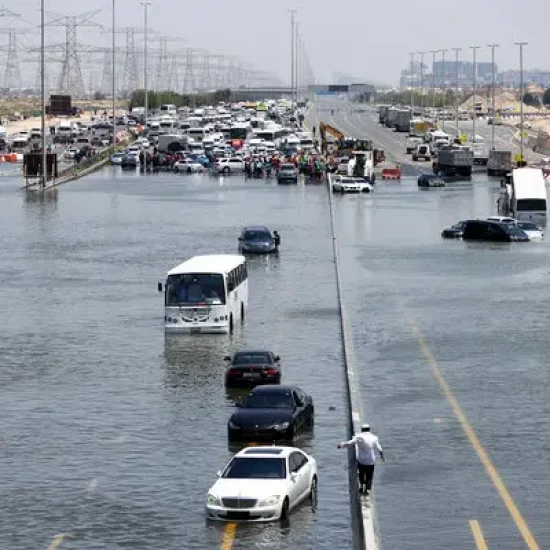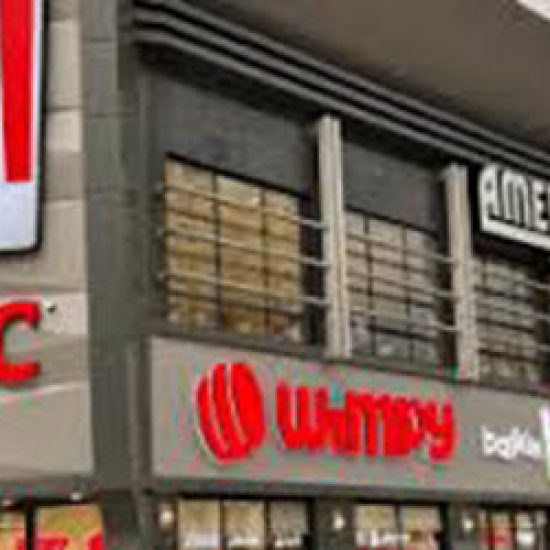 Rating agency Fitch sees the spillover from the strengthening Dubai economy, among other factors, to keep Abu Dhabi growth at 4-5 percent over the next two years.
Rating agency Fitch sees the spillover from the strengthening Dubai economy, among other factors, to keep Abu Dhabi growth at 4-5 percent over the next two years.
The other factors include high government spending and fruition of several major projects. Fitch Ratings has affirmed Abu Dhabi’s Long-term foreign and local currency IDRs at ‘AA’ with Stable Outlooks. The issue ratings on Abu Dhabi’s senior unsecured foreign and local currency bonds are also affirmed at ‘AA’.
Fitch points out that Abu Dhabi’s external sovereign balance sheet is the third-strongest of all countries rated by Fitch, behind Luxembourg (AAA/Stable) and Kuwait (AA/Stable). Sovereign foreign assets are estimated to have jumped to 182% of GDP at-end 2013, from 153% one-year earlier, compared with direct sovereign external debt of just 1.2% of GDP.
The anticipated repayment of a bond and the further accumulation of external assets, stemming from persistent current account surpluses, mean sovereign net foreign assets are conservatively forecast to reach almost 190% of GDP by end-2015.
Fitch estimates that the fiscal surplus, including Abu Dhabi National Oil Company dividends and Abu Dhabi Investment Authority (ADIA) investment income, was comfortably in double digits as a percentage of GDP in 2013 and expects it to remain around this level for the next two years. Real GDP growth is robust compared with peers.
Fitch estimates growth was 5% in 2013, driven by the non-oil sector. Fitch forecasts that high government spending, fruition of several major projects and spill over from the strengthening Dubai economy will keep growth at 4%-5% over the next two years. Average inflation was 1.3% last year, lowering the five-year average to 1.6%, well below the peer median.
Debt of government-related enterprises (GREs) and state-owned enterprises (SOEs) fell slightly as a percentage of GDP in 2013, reflecting the authorities’ commitment to containing indebtedness. Explicit contingent liabilities are clearly delineated and the supervision of the borrowing plans of GREs and SOEs has been tightened, with ultimate authority residing in the Executive Council (the Emirate’s highest government body).
According to Fitch, Abu Dhabi’s ability to support its GREs and SOEs is not in question. Potential contingent liabilities, notably support for other Emirates, is at Abu Dhabi’s discretion and, as in 2009, is unlikely to be material compared with Abu Dhabi’s assets, if required. The banking sector became more resilient on some metrics in 2013 in line with the strengthening of the local and Dubai economies.
NPLs at Abu Dhabi banks fell to 4.8% of total loans at end-2013, the lowest since end-2009, from 5.4% at end-2012 and provisioning rose to 88% from 80% over the same period, although asset quality issues remain. Capital adequacy is high, despite dropping to 17.8% from 21.6% over 2013, due to the increase in lending growth.
The economy is heavily dependent on oil, which accounts for around 50% of GDP and the bulk of fiscal and external revenues. However, oil production per capita is one of the highest in the world and supports high GDP per capita. Proven oil reserves are large, production costs are low and production capacity and downstream facilities are being expanded.
Fitch does not expect a reorganisation of the largest oil concession to impact oil production. Structural indicators are mixed relative to peers. GDP per capita is among the highest of all Fitch-rated sovereigns, but human development indicators are below the median.



![dubai flood is artificial rain behind uaes rare torrential weather[1]](https://thearabianpost.com/wp-content/uploads/2024/04/dubai-flood-is-artificial-rain-behind-uaes-rare-torrential-weather1-e1713378975696-550x550.jpg)


![2022 09 27T183330Z 84178340 RC2RJV9S1G6M RTRMADP 3 SAUDI POLITICS[1]](https://thearabianpost.com/wp-content/uploads/2024/04/2022-09-27T183330Z_84178340_RC2RJV9S1G6M_RTRMADP_3_SAUDI-POLITICS1-e1712223217759-550x550.jpg)

